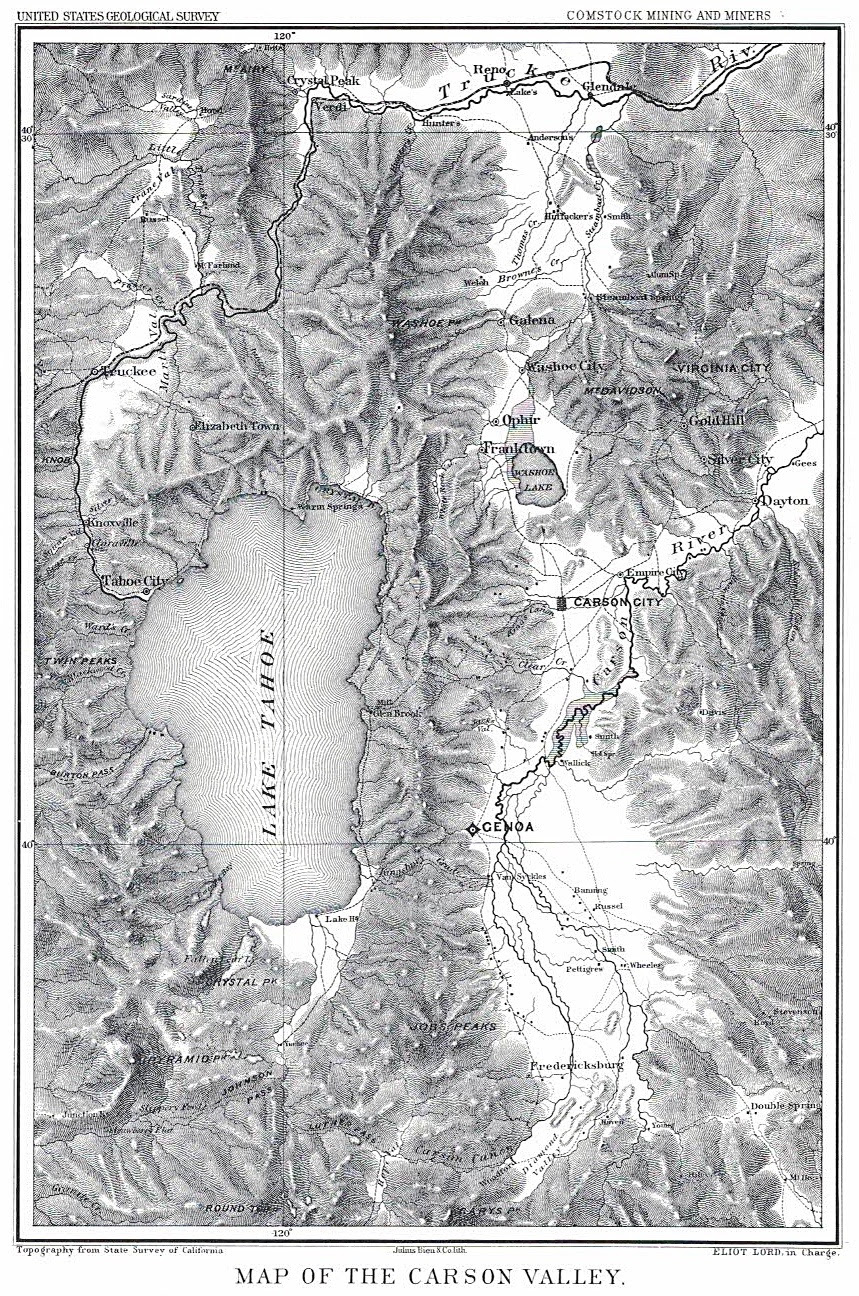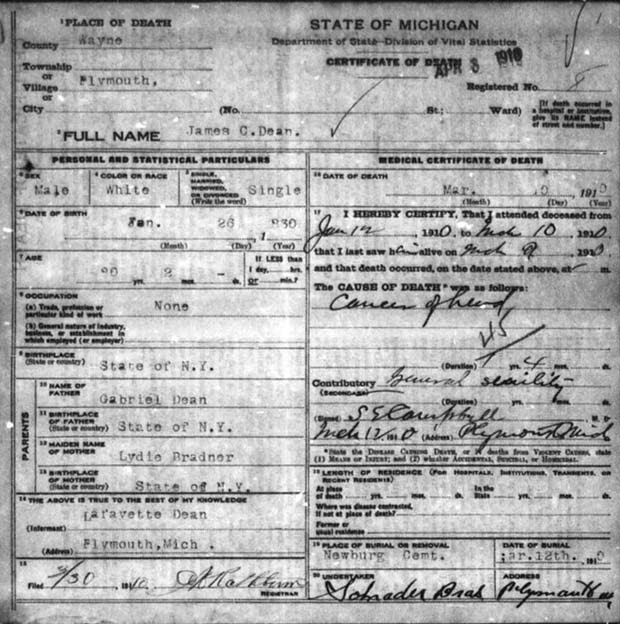Whatever became of James C. Dean?
No, not that James Dean. We’re talking 1864. As we saw in Part 1, the person who murdered Fannie Dean at Double Springs Ranch that year wasn’t much of a mystery — at least as far as the neighbors were concerned. Fannie’s husband, station-keeper James C. Dean, was quickly whisked into custody by the authorities. But proof was another matter.

As the suspect pointed out, the Station was on a well-traveled road; riff-raff came and went. It could have been anyone who stuffed poor Fannie Dean’s head into a bucket of water!
With no definitive evidence to tie him to the murder, Dean was eventually released. Might there have been other reasons for Dean’s get-out-of-jail-free card, as well? It’s hard to know, 150 years later. But our guess is that Fannie’s demise occurred after her husband had become Mammoth district Justice of the Peace — if only because a murder suspect wouldn’t normally be anyone’s top pick for an open judicial post. As a local notable, was Dean able to perhaps pull a string or two?
However it happened, Dean was once again a free man. But local minds hung onto their suspicions. It was an opportune time for Dean to (as they say in the Westerns) get out of Dodge. And get out he did.
Not long after Fannie’s death, Dean ran for Justice of the Peace in the nearby Walker River precinct, winning the election in November 1865. That same October and November Dean was advertising his Double Spring Station for sale in the Douglas Banner, and he soon found a buyer: rancher P.L. Sprague (Sprague, in turn, would sell the Double Spring ranch to T.B. Rickey in 1883 and move to Sheridan).
So, whatever became of the James C. Dean once he left Double Springs? Traces of his trail are few and far between, but we did manage to pick up a few breadcrumbs.
Dean turns up in Hamilton, White Pine County, Nevada, in April, 1869, marrying a second wife, Theresa Dirks. Theresa was a savvy divorcee with a mind of her own — and, perhaps more appealing to Dean, property of her own. Theresa owned real estate in San Francisco and Hamilton City, Nevada, plus a boardinghouse and home in Virginia City (at 90 South D Street and 91 South C Street respectively).
Theresa may have had her doubts about Dean from the get-go: she took the precaution of recording a formal marriage contract. In it, Dean officially consented to Theresa maintaining control of her property, acknowledging it had been “acquired by her own unaided industry.” (In case you’re wondering about her earlier history, Theresa was married initially to Leonard Dirks in San Francisco. She was an early arrival at Virginia City, showing up in 1860 among the throngs at the first Christmas Ball in Storey County, along with her daughter, Leonora.)
But her second husband, Dean, wasn’t cut out to be marriage material it seems. He and Theresa were divorced in February, 1872, just three quick years after their wedding. Theresa may not have been the steadiest marriage partner either; she remarried yet again on June 3, 1872, just a few months after divorcing Dean — her third marriage.
Was Dean something of a smooth-talker, blessed with the gift of gab? We may never know for sure. But in his early life, he was a lawyer, if that tells you anything. Yet another suggestion that his tongue may have been well-oiled comes from Dean’s later profession: by 1873, he was operating an auction business in Pioche.

In 1880, Dean shows up in Eureka, Nevada, again working as an auctioneer. He’s listed as single, and is sharing a house with E.H. Dean, the same ne’er-do-well relative whose accountings were found somewhat less than satisfactory when he served as Lyon County’s treasurer.

Dean’s ex-wife, Theresa, and her third husband Robert Charles (a banker) were back in Virginia City by this time, residing in her house at 91 South C Street. Theresa died that same year (1880) and is buried under her first husband’s name (Dirks) at the Silver Terrace Cemetery, along with her daughter, Leonora.
As for Dean — unfortunately, it’s a common enough last name that it hasn’t been easy to track his remaining years. Nevertheless we did turn up a “James Calhoun Dean” who moved from the west coast back to Michigan about 1908. This James C. Dean died March 10, 1910 in Plymouth, Michigan from cancer of the head and “general senility.”


If “our” J.C. Dean is the same man, this would be a picture of the infamous Double Springs proprietor himself!
There are definite similarities besides the common middle initial: both men were born in New York; their birth years roughly match; and James Calhoun Dean had been out west before returning to Michigan. For now, at least, we’ll leave the possibility that this is our Double Springs Dean in the “good guess” category.
But the best part of the Double Springs story is yet to come in Part 3 — a stagecoach robbery . . . and a buried treasure!
_________________________________
Enjoyed this story? Leave us a comment below! And we’d love it if you share this tale with your friends on Facebook!
Like to read more Sierra history stories like this, hot off the presses, as soon as they come out? Sign up for our free history newsletter at the top right of this page!
#Nevada #History #SierraHistory #whyCV #CarsonValley

I love this !!
Thanks, Shelley! We so appreciate your kind feedback!!